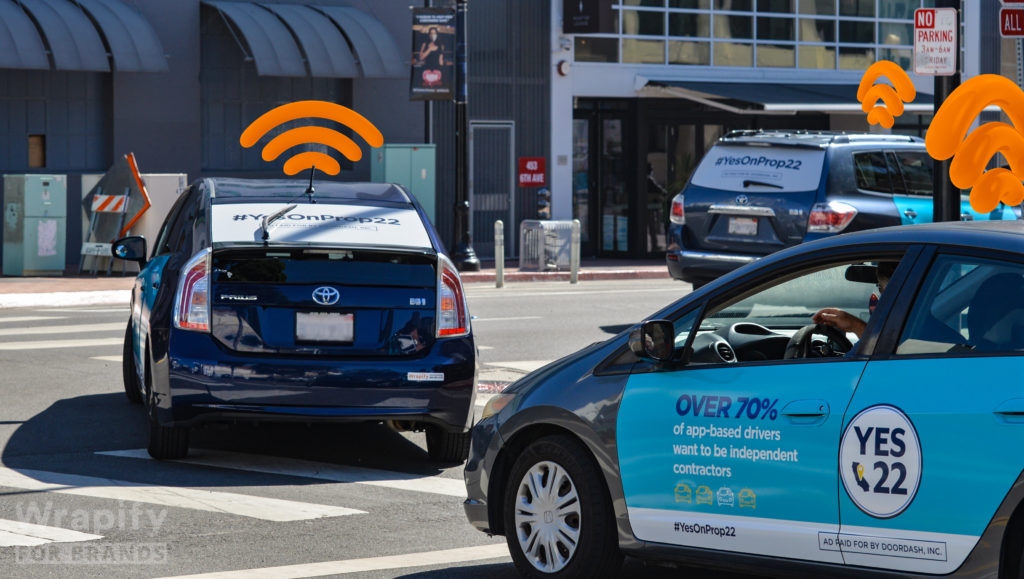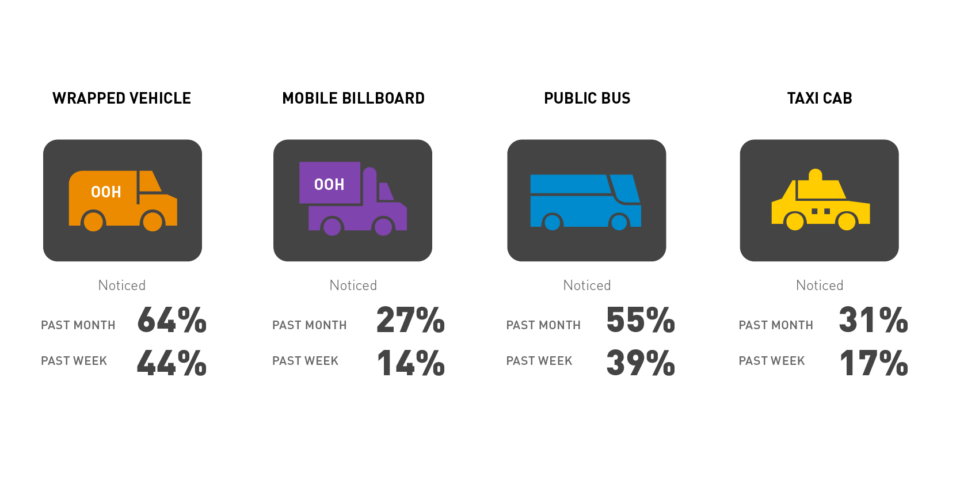The 2022 mid-term elections are just around the corner, and it’s another season you’ve got to convince your local citizens of your platform. With dynamics expected to shift in both houses, stakes are high, and you can expect a close contest on most issues. Therefore, you don’t have any room to make mistakes. Your political campaigns must be strategic, intelligent, and convincing.
Unfortunately, only one side can win; that must be yours. To make this happen, you have to work on a deliberate and strategic campaign strategy to reach every voter and tell your story. It’s the only way you can convince them to vote for your transformative ideas. That’s why you need to campaign hyper locally.
What is Hyperlocal Campaign Look Like?
Over the years, most agencies have been using much of their resources and time trying to run a state-wide campaign strategy. These strategies are not only scanty in detail, but they’ve not had a specific voter target. Although some have worked, it’s essential to indicate that events have overtaken them.
Today, hyperlocal campaigns are the way to go when looking to create an impression in a specific voter location. Trends show that 88% of the 2022 political advertising budget will be directed toward local political offices. With such a huge budget and time deliberately being driven towards local and in-state races, you cannot afford to be generic and simplistic in your political strategy.
How Can You Localize Your Political Campaigns this Season?
As highlighted above, political campaigns will not only be localized but very competitive this season. Therefore, you’ve to use everything that gives you an edge over your competitors. Incorporating new campaign techniques and tactics could make all the difference. Wrapify can help you deliver shrewd out-of-home advertising that will give you an edge through the following approaches.
1. Retarget Your Political Campaigns
As highlighted above, one of the most significant advantages of using a hyperlocal political advertising strategy is that you can retarget your campaigns.
With a Wrapify campaign, you can now direct your message to voters who live or work near the district you’re contesting in. This way, you can better focus your message and appeal to the needs of a particular voter. Then comes the real magic. The audience exposed to these campaigns in real life, can then be uploaded to your DSP and retsrgeted via digital, native, and CTV ads.
This means you can adjust and change your message as you get feedback from the field. For instance, if you realize that most of your targeted voters are more concerned about healthcare, you can quickly change your message and start addressing their needs.
2. Customize Your Vehicle Wraps
With Wrapify, you have the freedom to customize your vehicle wraps according to the demographics of your targeted voters. This becomes especially important when you are trying to sell a message vs. a person. For high-stakes propositions, like Prop 22 in California’s 2020 election, having a clear, strong message becomes even more necessary.
The good thing is that Wrapify will work with you to ensure that your message stands out and resonates with your targeted voters.

3. Increase Your Political Campaign Reach
The ultimate goal of any political campaign is to reach as many voters as possible. With Wrapify, you can increase your campaign’s reach by simultaneously targeting multiple voters. You can quickly get upwards of 20M impressions in just four weeks, anywhere you need them. This would not be easy to achieve with any other form of political advertising.
What’s more, you can use Wrapify’s reporting and analytics feature to track the progress of your campaign in real-time. This means you can quickly change your strategy if you feel you’re not reaching your targeted voters. With time, you can exhaustively cover all the districts in your state and significantly increase your chances of winning the election.
4. Create a Memorable Campaign
You don’t want your political campaign to be just another event in your targeted voters’ lives. You want it to be something they can remember long after the election. With Wrapify, you can easily create a memorable campaign by incorporating relevant visuals and colors in your message.
Your ad medium will be on the roads, which means you have a chance to reach voters who might not be reached through other forms of political advertising. Voters will often see your ads while commuting to work or running errands, which means you have a chance to have a very sticky message.
5. Campaign Readiness as a Strategy
Working with Wrapify also gives you an advantage in terms of campaign readiness. By partnering with us, you can quickly launch your political advertising campaigns without any hitches. Our experienced experts are ready to launch your campaign in 2-3 weeks, which is significantly faster than traditional mediums.
Additionally, we have a nationwide network of drivers, so we can quickly scale up your campaign to reach more voters – anywhere in the US. This is the placement, agility, and flexibility you need to win an election. Also, our team can help you design and implement your campaign strategy. The goal is to get you in the streets and, most importantly, to the tongues of the voting public as quickly as possible.
Get Started with Wrapify Today
The 2022 political season will be very competitive, with all platforms looking to score an edge over their opponents by localizing their campaigns and retargeting their message to specific voters.
Wrapify is the leading provider of hyperlocal political advertising solutions. We have a team of experienced professionals who will work with you to create an effective campaign that resonates with your targeted voters. Contact us today to learn more about how we can help you light up your neighborhood this political season.
